GATEHerts: Dikh He Na Bister reflections part 2 by Joseph Mitchell
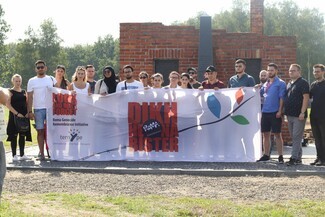
Travellers' Times is bringing you a series of blogs from GATEHerts this week, following the journeys of UK participants who attended the international youth event 'Dikh He Na Bister' (Look and don’t forget).
Today Romany film-maker and student Joseph Mitchell shares his thoughts on the second day of the unique event that gathers 300 young Roma and non-Roma from across the world together to learn about the Roma genocide and mechanisms of anti-Gypsyism.
Visiting Auschwitz and Birkenau for the first time was the most alarming educational experience that I have had about Romany, Gypsy and Traveller history ever...........writes Joseph Mitchell.
The experience started off with us being placed in our groups consisting of different GRT from around the world, all sharing the same issues, some more unsettling than others, we visited the camps as a group, all supporting one another as we continued with our tour guide into different parts of the camp.
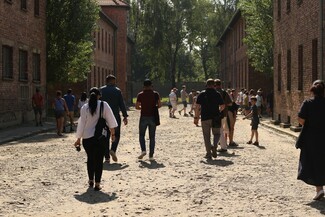
An interesting thing that stood out to me was how inquisitive people were in the group, constantly trying to understand how these camps came into existence and how they remained there with only few guards in comparisons to the amount of prisoners that were being enslaved and killed.
We first visited Auschwitz, witnessing everything that the victims lost, from the room filled with hair that was shaved from men, women and children, to the piles of shoes, to the torn parts that they ripped from disabled people. Everything that remained in the camps was there for a reason, to make us aware of the horror that happened all those years ago, as much as our group wanted to not look directly at the sight of this gut-wrenching horror show that had consumed the lives of the victims. We were led to understand how each and every action happened through our tour guide, understanding the specifics of how they got there, how the SS maintained order and how the camp was run, all these facts were a vital part in making sure that we were aware of how anything as evil an cruel like this could ever happened, but most importantly how it could happen again.
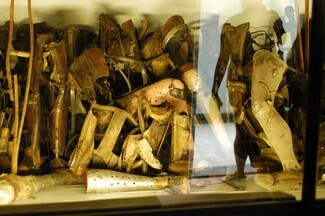
A new interesting part that was recently added to the tour was an exhibition located in block 13 , which was dedicated to all the Romany men, women and children that lost their lives during the war. As much as this information is lost to the public, unaware that the Romany community were a massive victim in this cruel act of persecutions, this exhibition was an awaking to the public, making them aware of the injustice the Romany community have faced since the war ended. We spent a large amount of time there, soaking up the important facts of why they were persecuted and how they fought to protect their families even when they were subjected to other-worldly conditions.

After Auschwitz we visited Birkenau. It wasn’t what I imagined it to be, much like the camp in Auschwitz, all perfectly restored and presented to the public, instead Birkenau was the complete opposite, It was bombed to rubble and left like that to remember all the victims that lost their lives there. Birkenau felt very different to Auschwitz, there was a raw and more open honesty to it, these camps presenting themselves as a reminder that this actually happened, as much as they wanted to bomb, to get rid of their heinous crimes, it was left there to alert the public that it will never be forgotten.
By Joseph Mitchell
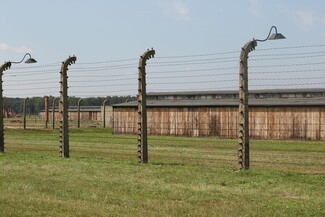
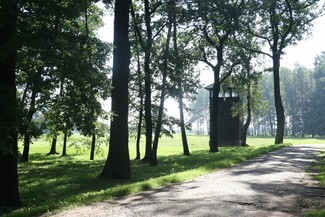
Look out for Dikh He Na Bister reflections Part 2 tomorrow by GATEHerts Hate Crime Officer Claire Rice.